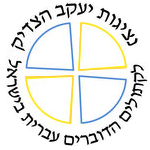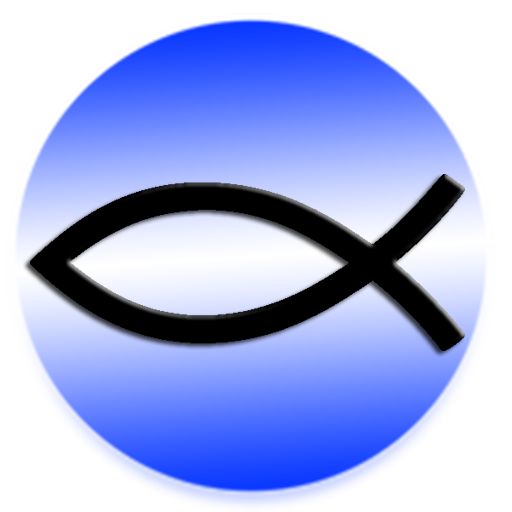Ziv: Parashat Ki Tissa
Each week, Gad Barnea or Sister Agnès de la Croix (from the Community of the Beatitudes) proposes a reflection on the portion of the Pentateuch that is read in the synagogue (parashat hashavua). This week the portion is from Exodus 30:11-34:35 with the haftarah (additional reading) from 1Kings 18:1-39. They call their reflection “ziv” – a ray of light.
![]()
Send by the hand of whomever else you may send
Moses had a hard time accepting his mission as a prophet, but in return, thanks to his obedience, his words are never without effect: before the sin of his brothers, who have just constructed a golden calf to worship it, he asks the Lord to remove him from the book He has written… and indeed the previous paracha (Tetsave) is unique in that it is the only one where his name does not appear, as we saw last week. (There is no before and after in the Torah) Moses is blotted out in order to cede his place to his brother Aaron, the high-priest, charged with praying for all the people offering sacrifices, this was the theme of Tetsave. However, prior to this, Aaron also accepted with joy seeing his younger brother elevated higher than him in dignity in spite of his weakness, this is what the beginning of Exodus teaches us. The commentators claim that it is thanks to his selfless attitude that the brother of Moses was judged to be worthy of carrying the breastplate of judgment over his heart, the breastplate where the names of the twelve tribes are engraved - for each of the sons of Jacob. Thus Moses and Aaron follow the path of reconciliation of sibling-enmity - a theme that traverses all of the book of Genesis, from Cain and Abel all the way to the story of Joseph and his brothers.
It is when he descends from the mountain that Moses, alerted by the Lord Himself, notices the rebellion of the people, who dance around a golden idol. His first act is to break the tablets of the law that he has just received, these tablets having been written on the mountain by the finger of the God… They will be replaced by others, which this time, shall be written by Moses himself : the Torah is the story of the covenant between God and humanity which is called to repair what might have been destroyed. The finger of man can therefore write a new Torah.
The sign of this covenant is inscribed in time, which needs to be sanctified : this is the Sabbath, which is commanded at the end of our parasha. The commentaries remark that the verb “to fulfill” or “to complete”, in Hebrew, has the same root as “fiancée”, Kalla. Just as the tablets of the law are comparable to a “Ketubah” - a marriage contract that unites the spouses, the Sabbath is called a “the fiancée”; It is the sign of the covenant, renewed week after week. Indeed the works prohibited on this day are all connected to the construction of the tabernacle in the desert (we should not light a fire, sew, weave, construct, buy or sell, etc..). The Sabbath is itself a sanctuary, a place of divine presence, which receives first the blessing : it teaches to discard activities of fabrication and production of the six days of work, in order to enter into the rest, the free gift of time, the seventh day. The dwelling in the desert is a reminder of this presence. Shabbat Shalom.












 Reflecting on Purim and on Lent
Reflecting on Purim and on Lent Rosh HaShana – the Feast of God the Father
Rosh HaShana – the Feast of God the Father Four Words For the Easter Season
Four Words For the Easter Season Ash Wednesday of T. S. Elliot
Ash Wednesday of T. S. Elliot Holy Wednesday
Holy Wednesday Epiphany – the light will conquer the darkness
Epiphany – the light will conquer the darkness